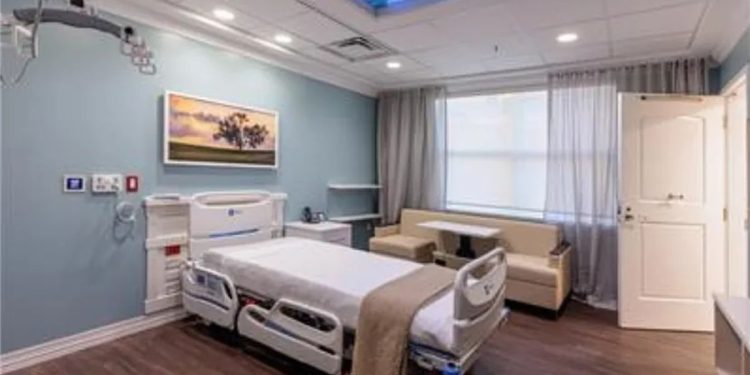Navigating end-of-life care is emotionally challenging, and understanding the financial aspects can help ease some of the stress. In 2025, Medicare continues to offer hospice care coverage for eligible beneficiaries, but it’s essential to understand the details, limitations, and any out-of-pocket expenses that might arise. This guide explains what families can expect when it comes to hospice coverage under Medicare.
What Is Hospice Care and Who Qualifies?
Hospice care is specialized support for individuals facing a terminal illness with a life expectancy of six months or less, as certified by a physician. Rather than focusing on curing the illness, hospice prioritizes comfort, dignity, and quality of life through pain management and emotional support.
To receive Medicare-covered hospice services, the patient must:
- Be enrolled in Medicare Part A.
- Have a terminal diagnosis with a prognosis of six months or less if the illness runs its normal course.
- Choose to receive palliative (comfort-focused) care instead of curative treatment.
- Sign a statement choosing hospice care instead of other Medicare-covered treatments for the terminal illness.
What Services Does Medicare Cover for Hospice in 2025?
In 2025, Medicare offers a broad range of services under its hospice benefit, designed to meet the unique needs of terminally ill patients and their families. These services include:
- Medical and nursing care
- Pain relief and symptom management
- Prescription drugs related to the terminal illness
- Physical, occupational, and speech therapy
- Short-term inpatient care for symptom control
- Respite care to relieve caregivers
- Counseling and bereavement support
Most of these services are fully covered by Medicare, with little or no cost to the patient.
Out-of-Pocket Costs to Expect
Although Medicare’s hospice benefit is extensive, there are a few minimal costs that beneficiaries or their families may need to pay:
- Prescription Drugs: Medicare requires a small copayment of no more than $5 for each prescription used for pain or symptom management while receiving care at home.
- Inpatient Respite Care: If a patient needs to be admitted temporarily to a hospice facility to provide a break for family caregivers, they may be responsible for 5% of the Medicare-approved amount for that stay.
It’s important to note that room and board costs are not covered if hospice care is provided in a long-term care facility like a nursing home. Additionally, any services not directly related to the terminal illness or not arranged by the hospice team may not be reimbursed by Medicare.
Continuing Medicare Part B Costs
Even when a patient elects hospice care, they must still pay their regular Medicare Part B premiums and deductibles for services unrelated to the terminal illness.
- Monthly Part B Premium: $185 in 2025
- Annual Part B Deductible: $257
These payments cover services such as treatment for unrelated conditions, doctor visits, or durable medical equipment that are not part of the hospice plan of care.
How Medicare Advantage Works With Hospice
If a patient is enrolled in a Medicare Advantage Plan (Part C), hospice care is still provided under Original Medicare, not the Advantage Plan. However, the Advantage Plan may still cover additional benefits not related to hospice, such as:
- Dental
- Vision
- Hearing services
This dual coverage ensures that patients continue receiving comprehensive healthcare support beyond just the hospice care.
Planning Ahead for Peace of Mind
Understanding the financial responsibilities tied to hospice care under Medicare can help families plan effectively during an already difficult time. While most hospice services are covered, staying informed about potential out-of-pocket expenses—like drug copays, respite care costs, and ongoing Medicare Part B obligations—can prevent surprises and help maintain peace of mind.
For families of Medicare beneficiaries, knowing the specifics of hospice coverage in 2025 is not just about managing costs—it’s about ensuring dignity, support, and comfort at the end of life.











